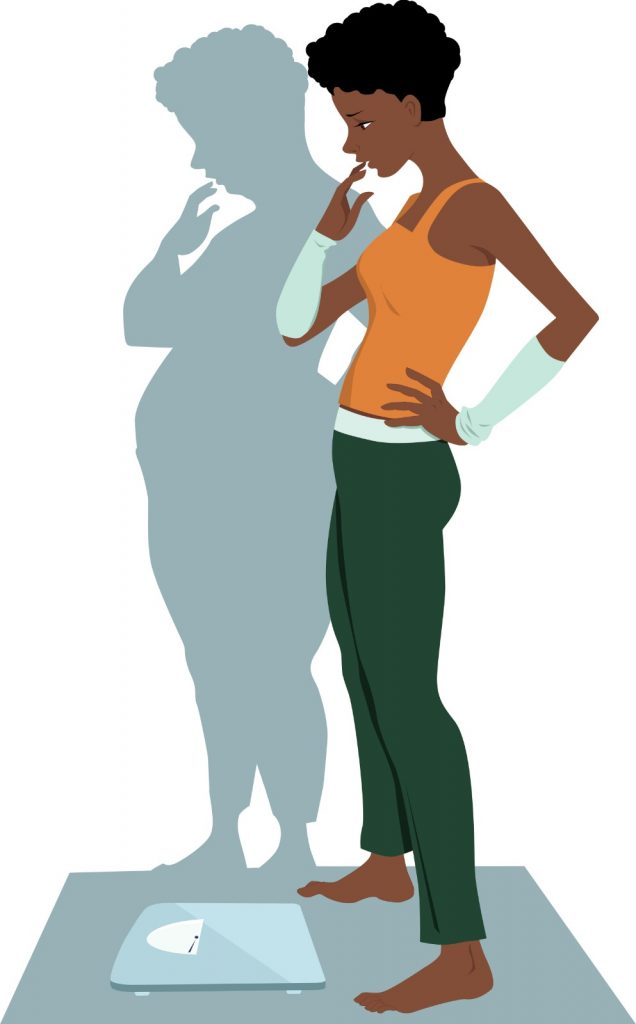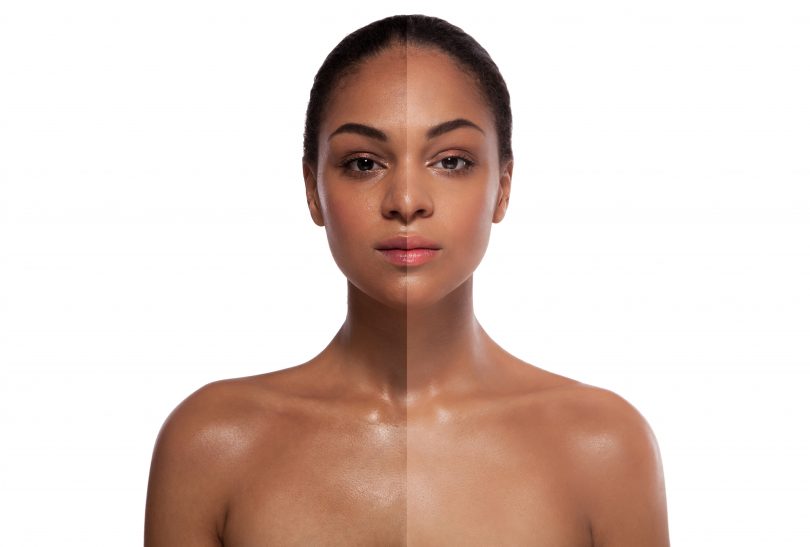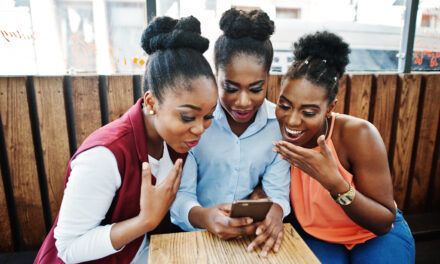True beauty and power is born out of strength of character and defined from the inside out. There is no one standard of beauty. – Beyoncé
On the 2nd of October 2020, famous American singer Rihanna’s Savage X Fenty show aired and it triggered conversations centered around inclusivity in the fashion industry as fans praised her for the diversity and inclusivity displayed in the show and on the website. There was an avid representation of various skin colors, hair types, body shapes and sizes. This reflects how the media greatly influences the decisions we make and the perceptions we have. regarding beauty standards. The fashion industry and social media to a great extent, shape our concept of beauty and good fashion. Even as fashion develops a unique and strong voice across the continent, we cannot deny that Eurocentric ideas continue to dominate and to impose an unrealistic concept of what black women’s bodies should look like.

Fashion is fickle, with different body types being considered “in” or “out”. With recent advancements in cosmetic surgery it feels as though there has been a narrowing of beauty standards resulting in a lack of representation of all body types and skin colour alongside unrealistic depictions and intended normalization of surgically achieved bodies. Fashion affects our body image; our perception of our own bodies and how we see ourselves in comparison to societal standards. Body image is a concept peculiar to different people and culture and it is greatly influenced by the standards of beauty within that culture, often linked to weight, height, hair length and complexion. As modern technology has expanded the reach of advertising, women’s bodies have been used as props to advertise and push products ranging from beauty and fashion products to lifestyle items. This means that it has been possible to drive what would have been local, niche ideas about a particular body type to a global audience resulting in a great many women feeling inadequate because their bodies do not match this “ideal”.
As opposed to Western countries in which there is an underlying preference for slimmer and smaller figured women, in countries like Nigeria and South Africa, there is a major inclination towards plump and fuller figured women. Yet even here the insidious tentacles of unrealistic beauty standards can be seen in a love for long, straight hair and adoration of light skin which is rather appalling for a continent where the majority of its population are curly-haired and dark-skinned. This prejudice has led to the high purchase of bleaching and whitening products that promise light skin despite the fact that a large number of these products contain harmful chemicals.

Studies have linked over exposure to certain ideal body types in mass media to body dissatisfaction, internalization of these ideal body types, and eating disorders among women. A woman’s experience of her own body is generated from how she believes it compares with the magnified images of women that surround her on billboards, on television, in films, magazines and newspapers. Women change their bodies because they feel threatened by media images which continue to imply that looking a certain way is to be successful and attractive. Since the ’60s, the ideal woman, as reflected in the mass media in all its forms had been getting slimmer (the Twiggy effect). With the emergence of Black music as a mainstream art form and aided by recent advancements in plastic and cosmetic surgery, the ideal body has gotten thicker and curvier. But make no mistake, there is still an underrepresentation of everyday bodies: bodies with fat, marks, scars, blemishes and dips in the media and in fashion and beauty advertisements.
The lack of this representation leads to harmful practices such as bleaching and disorders such as anorexia, depression and body dysmorphia amongst many others in African women. The mental perception of what they look like can become distorted, for instance, this research on body image among southern Nigerian girls shows the confusion engendered by growing up in a society that is at once patriarchal and influenced by Western beauty standards. Most of the girls in the study indicated that they would prefer to be thin but still wanted curves in order to appeal to boys. This confusion can lead them to engage in risky behaviors when they feel they don’t measure up to the impossible goal set in front of them. They overall develop a negative body image and become obsessed with parts of their body they dislike. This obsession can lead to obsessive-compulsive disorders that significantly affect their health and quality of life.

The fashion and advertising industries need to shy away from objectification and lack of representation often displayed in their media. There should be ads and contents that associate dark skin, unrepresented body types and weight with beauty, success and good fashion. Beauty and fashion campaigns need to be more inclusive and diverse, and this would only occur when these big industries feel pressure to present more varied notions of beautiful bodies in their advertising media. We live in a diverse society; it is only right that this diversity is included and accurately represented in every industry.





